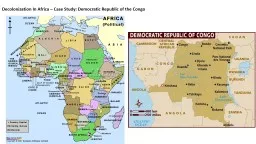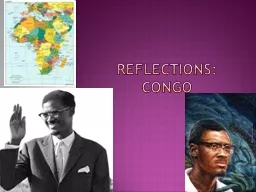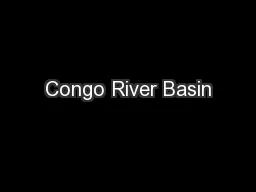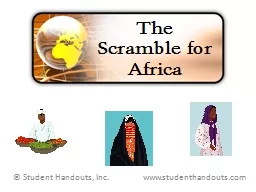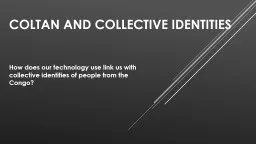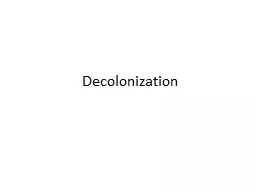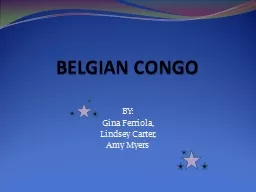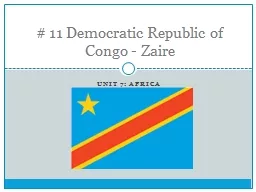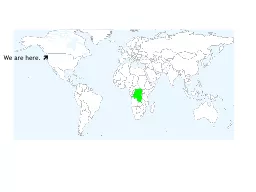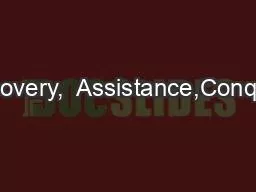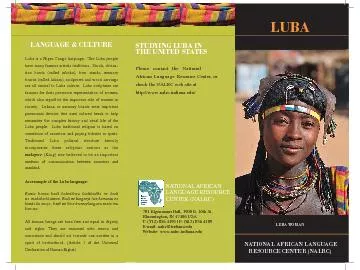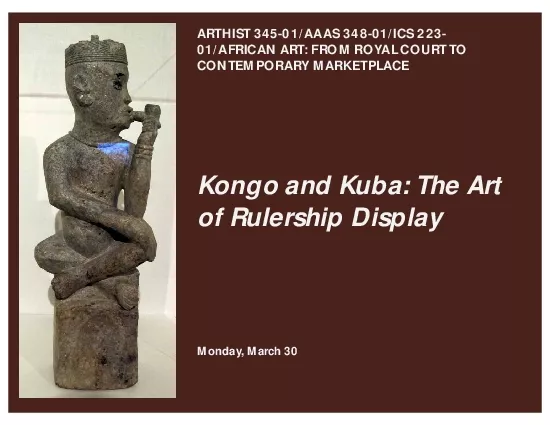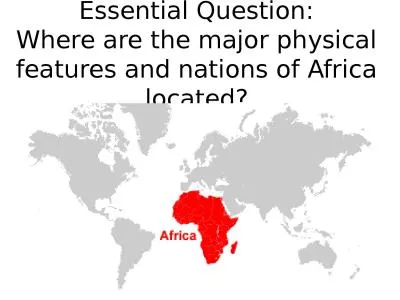PPT-Decolonization In Africa – Case Study: Democratic Republic of the Congo
Author : sherrill-nordquist | Published Date : 2018-03-22
Belgian Congo Dr Livingstone I presume Motivations for Belgian Imperialism Henry Stanley was hired to find Dr Livingstone MissionaryExplorer For this he became
Presentation Embed Code
Download Presentation
Download Presentation The PPT/PDF document "Decolonization In Africa – Case Study:..." is the property of its rightful owner. Permission is granted to download and print the materials on this website for personal, non-commercial use only, and to display it on your personal computer provided you do not modify the materials and that you retain all copyright notices contained in the materials. By downloading content from our website, you accept the terms of this agreement.
Decolonization In Africa – Case Study: Democratic Republic of the Congo: Transcript
Download Rules Of Document
"Decolonization In Africa – Case Study: Democratic Republic of the Congo"The content belongs to its owner. You may download and print it for personal use, without modification, and keep all copyright notices. By downloading, you agree to these terms.
Related Documents

